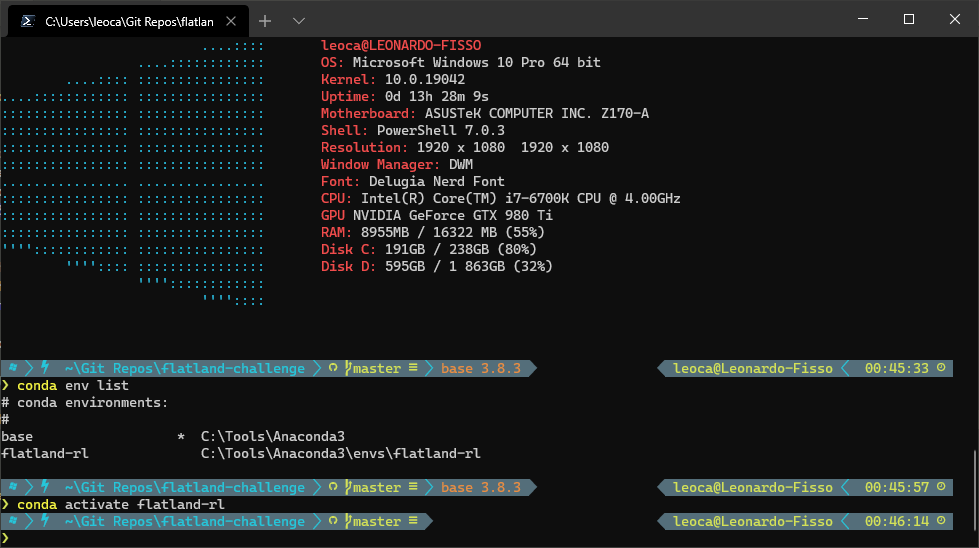

Your environments, please see the documentation on the following page: Īutomated Python Installation Script: # Running the following script will automate the process of installing a local copy of Miniconda v3 Python 2 is now officially deprecated and will not be updated past 2020, so pleaseĬonvert all your past code to use Python 3 as soon as possible!įor further information on using the conda command line to control and select between You can then use the "environments" feature of Conda to create, activate,ĭeactivate, and move between separate self-consistent environments to manage your The following script can be used to install Python 3 (using Miniconda) to your $HOMEĭirectory. Please feel free to email us at if you have any questions. Version of Python, this procedure is not needed. If your software works without the use of Anaconda and/or can use the default system-installed Needs, and can in fact conflict with certain module-based software such as R. It is not generally necessary for all users who do not have these Python and associated software sets, or to install software with particular dependencies Note: This step is only necessary to allow management of multiple potentially conflicting Modules, so if you have previously loaded one of these within your session, you mustįirst issue a "module unload python" or "module purge" command. This method is intended as a replacement for the system versions available through The instructions to perform this installation can be found below. This tutorial will cover installing Python (via Miniconda) locally into your $HOMEįolder so that you may install Python versions and packages different from those maintainedīy the HPCC. Installing a local copy of Python Introduction


 0 kommentar(er)
0 kommentar(er)
